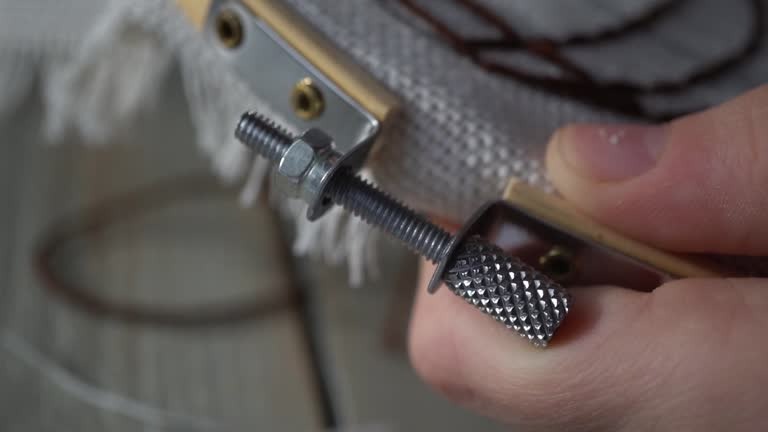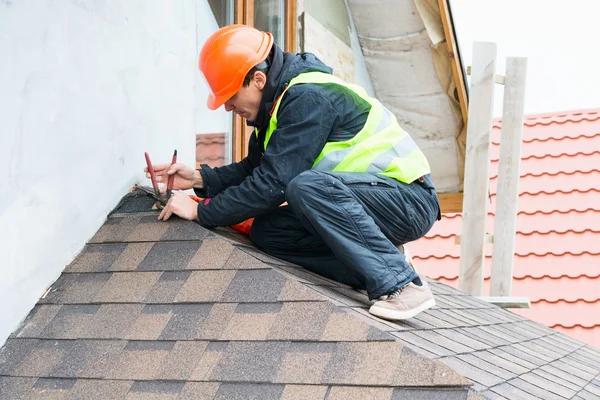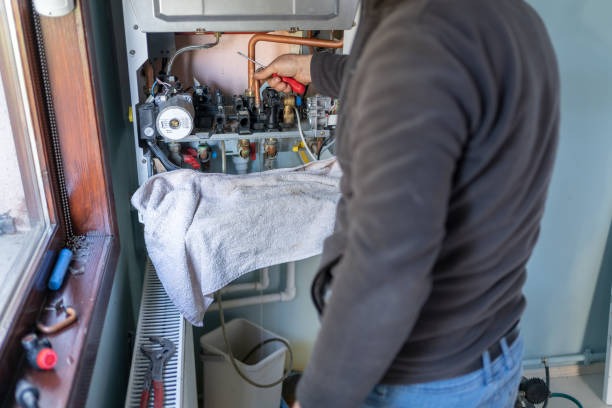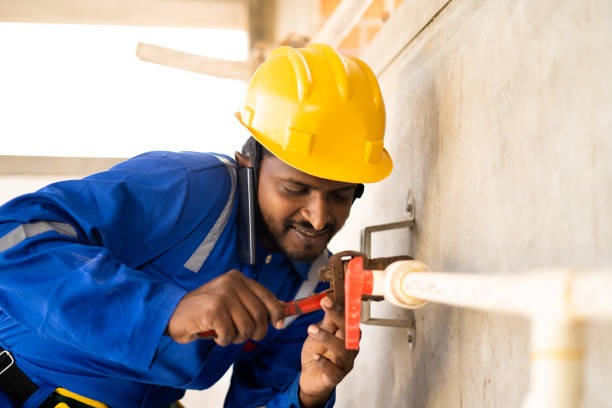In the world of DIY repairs and professional maintenance, dealing with stretched fasteners is a common challenge. Fasteners, which include bolts, screws, and nuts, are essential components in various applications ranging from automotive to household appliances. Over time and through repeated use or excessive force, these fasteners can become stretched or stripped, compromising their ability to hold materials together securely. Addressing this issue promptly and effectively is crucial for ensuring the integrity and safety of any structure or device.
When faced with a stretched fastener, the first step is assessing the extent of the damage. A visual inspection can reveal whether a fastener has been merely loosened due to vibration or if it has been significantly deformed. In cases where the threads appear worn but not severely damaged, retightening might suffice as a temporary fix. However, if there is noticeable stretching or stripping of threads, click for more information comprehensive measures are necessary.
One popular method for repairing stretched fasteners involves using thread repair kits. These kits typically include tools such as taps and helicoils that allow you to restore damaged threads effectively. The process begins by drilling out the old threads using an appropriately sized drill bit from the kit. Next, a tap tool is used to cut new threads into the hole created by drilling. Once new threads are established, a helicoil insert—a coiled wire designed to mimic original threading—is screwed into place using an installation tool provided in most kits.
Helicoil inserts are particularly advantageous because they often prove stronger than original metal threading due to their stainless steel construction while also being resistant to corrosion and wear over time. This makes them ideal for high-stress environments like engine blocks or machinery parts exposed regularly under significant pressure.
Another approach involves replacing standard-sized bolts with oversized ones specifically designed for situations involving damaged holes; however careful consideration must be given here since enlarging existing holes may weaken surrounding material depending on its composition (e.g., aluminum vs steel). Additionally care should always be taken not only when choosing replacement hardware but also during installation itself: torque specifications must still adhere closely regardless whether larger-than-usual sizes have been employed otherwise risk further complications down line remains present!
While both methods offer viable solutions each situation ultimately requires individual assessment based upon severity involved alongside specific application requirements before deciding best course action moving forward either way though knowing how handle these scenarios ensures continued reliability whatever project undertaking happens next!













